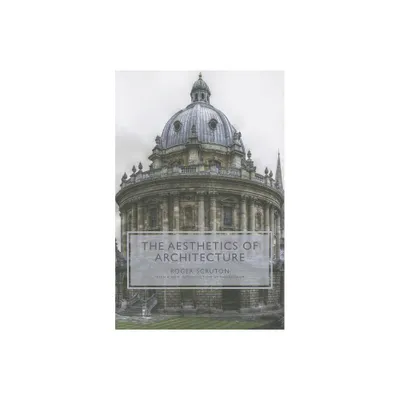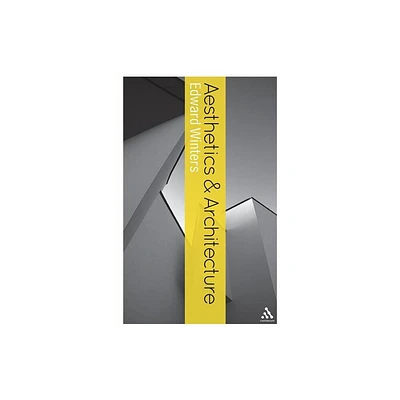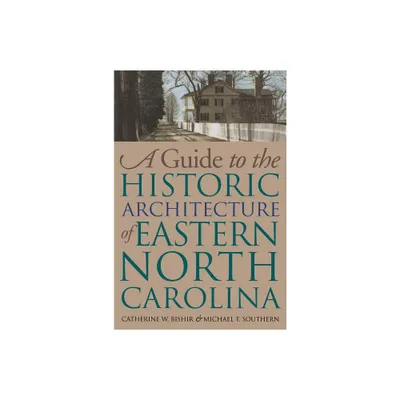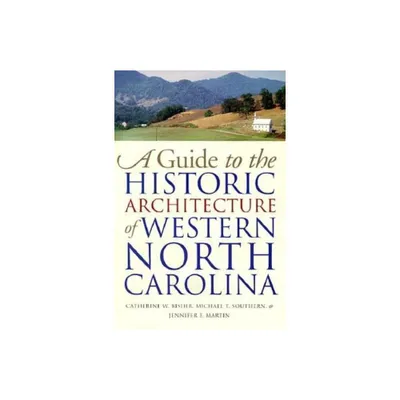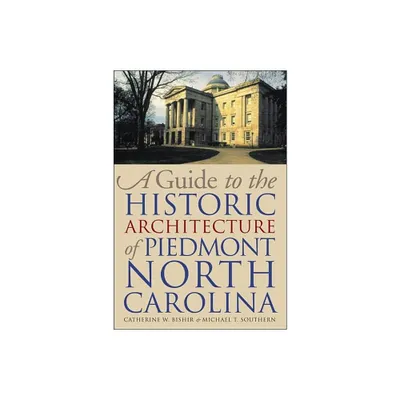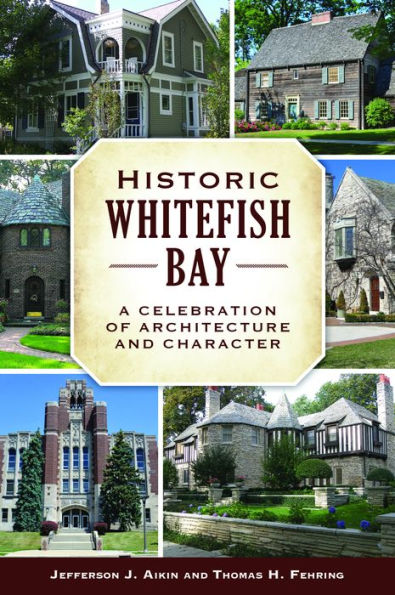Home
Historic Seattle Architecture: The Aesthetic Alchemy of Ambiance and Chaos
Loading Inventory...
Barnes and Noble
Historic Seattle Architecture: The Aesthetic Alchemy of Ambiance and Chaos
Current price: $21.98
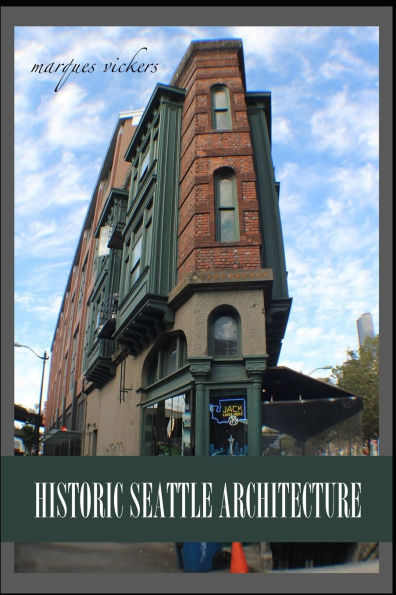

Barnes and Noble
Historic Seattle Architecture: The Aesthetic Alchemy of Ambiance and Chaos
Current price: $21.98
Loading Inventory...
Size: OS
*Product Information may vary - to confirm product availability, pricing, and additional information please contact Barnes and Noble
Cycles of business prosperity historically stimulate construction surges. Freshly circulating capital becomes invested into commercial structures radiating optimism and the promise of sustained growth. Seattle has economically followed patterns of historical affluence and stagnation. The city's architecture is testament to the cyclical and volatile nature of fortune. Following the catastrophic fire of June 6, 1889 that leveled the existing wood frame commercial downtown, re-construction began immediately. The catastrophe ironically rejuvenated the downtown, resulting in fervent building activity consisting exclusively of stone and brick structures. Most remain standing today. Wood framed buildings were prohibited in the aftermath. The nationwide Financial Panic of 1893 compounded the calamity causing an abrupt slowdown in construction. The Klondike gold rush of 1896 spurred regional economic activity, particularly in providing goods and services to the Alaskan bound miners. During the first two decades of the 20th century, Seattle accommodated a massive incoming immigration. The influx resulted in the creation of outlying tightly concentrated neighborhoods. The downtown core expanded outwardly accentuated by impressive multi-storied Beaux Arts, Art Deco, and Modernism influenced structures. Steep hillsides were lowered to enable fresh constructions and greenbelt territories. Parklands, bridges and public works projects proliferated creating a diverse blend of ambiance and chaos. In 1914, the 38-story Smith Tower was constructed and named after firearm and typewriter magnate Lyman Cornelius Smith. The skyscraper was Seattle's first and among the tallest outside of New York City at the time of its completion. It remained the tallest building west of the Mississippi until 1931 and was only eclipsed within Seattle upon the construction of the iconic Space Needle in 1962. Contemporary Seattle is undergoing a dynamic resurgence of architectural construction consisting primarily of skyscrapers. Each completed monolith provides an intriguing and often imposing contrast to the modestly scaled structures from a distant era. With the passage of time, historical constructions and their unique aesthetics remain statuesque and relevant. Historical preservationist groups have fought successfully for their survival. This appreciation has enabled Seattle to assume a distinctive and prominent position as a leader in West Coast architecture. Seattle's integration of traditional and contemporary design reinforces its image as a desirable urban living environment. Few American cities can still document the precise stages of their evolution by the remaining strata of their architecture. Seattle can. This edition is a visual celebration of the infectious early 20th century construction boom with accompanying commentary on architectural traits, detailing and styling trends of the era. The photography displayed begins from the post-fire 1889 until 1931 and the slowdown prompted by the Great Depression
Historic Seattle Architecture
showcases the unique charm of urban Seattle that created from the ashes and still remains today.
Historic Seattle Architecture
showcases the unique charm of urban Seattle that created from the ashes and still remains today.
